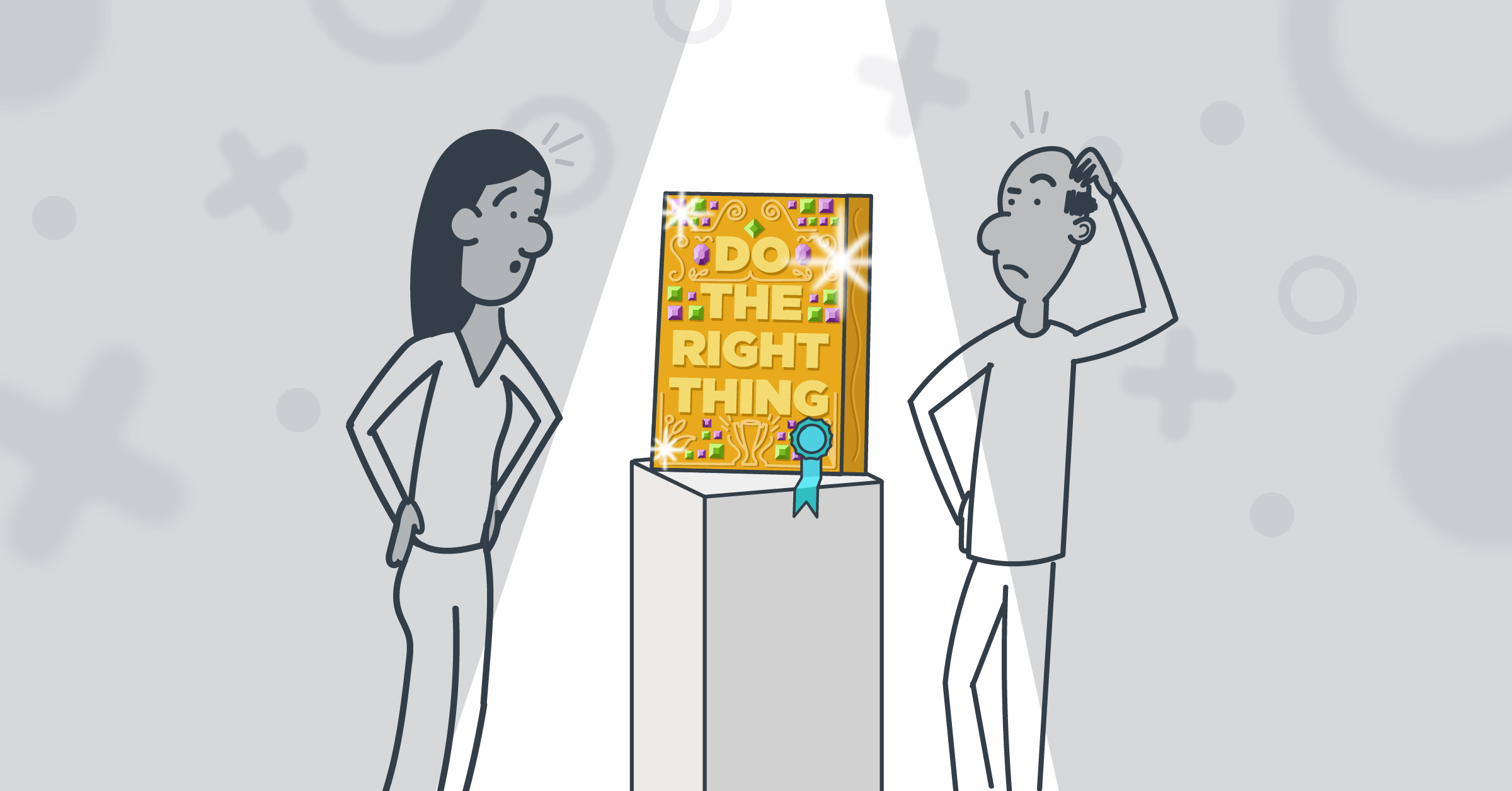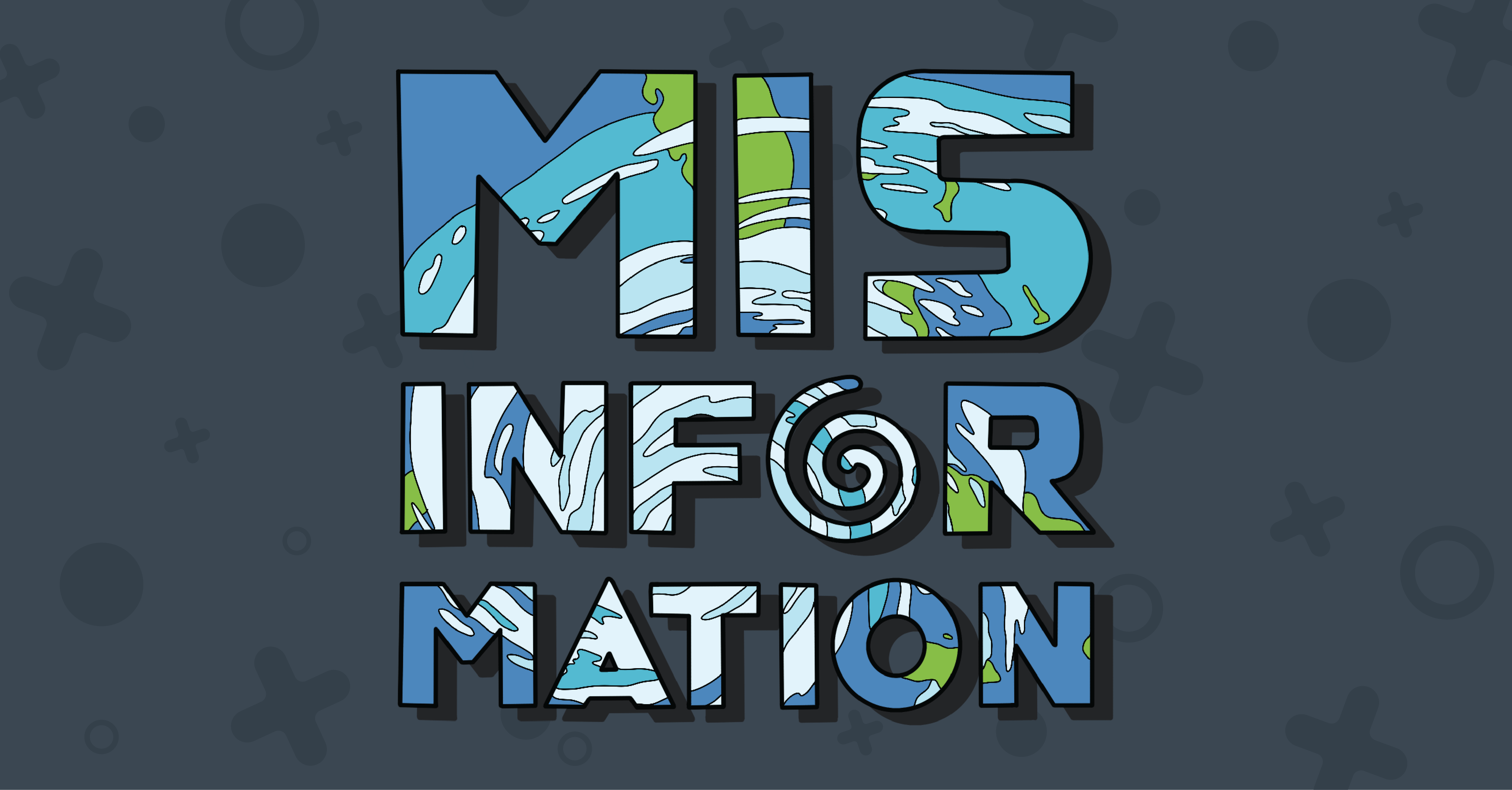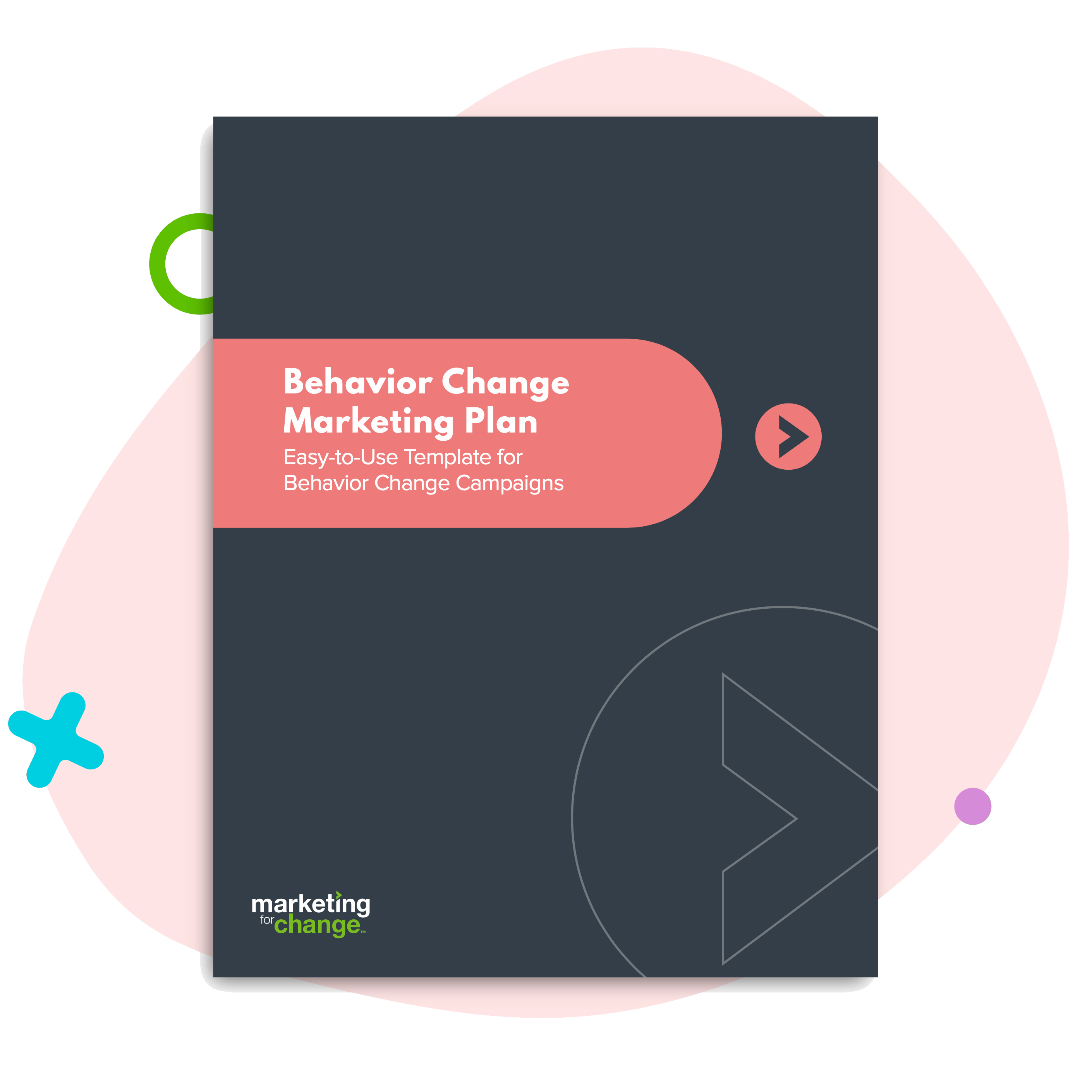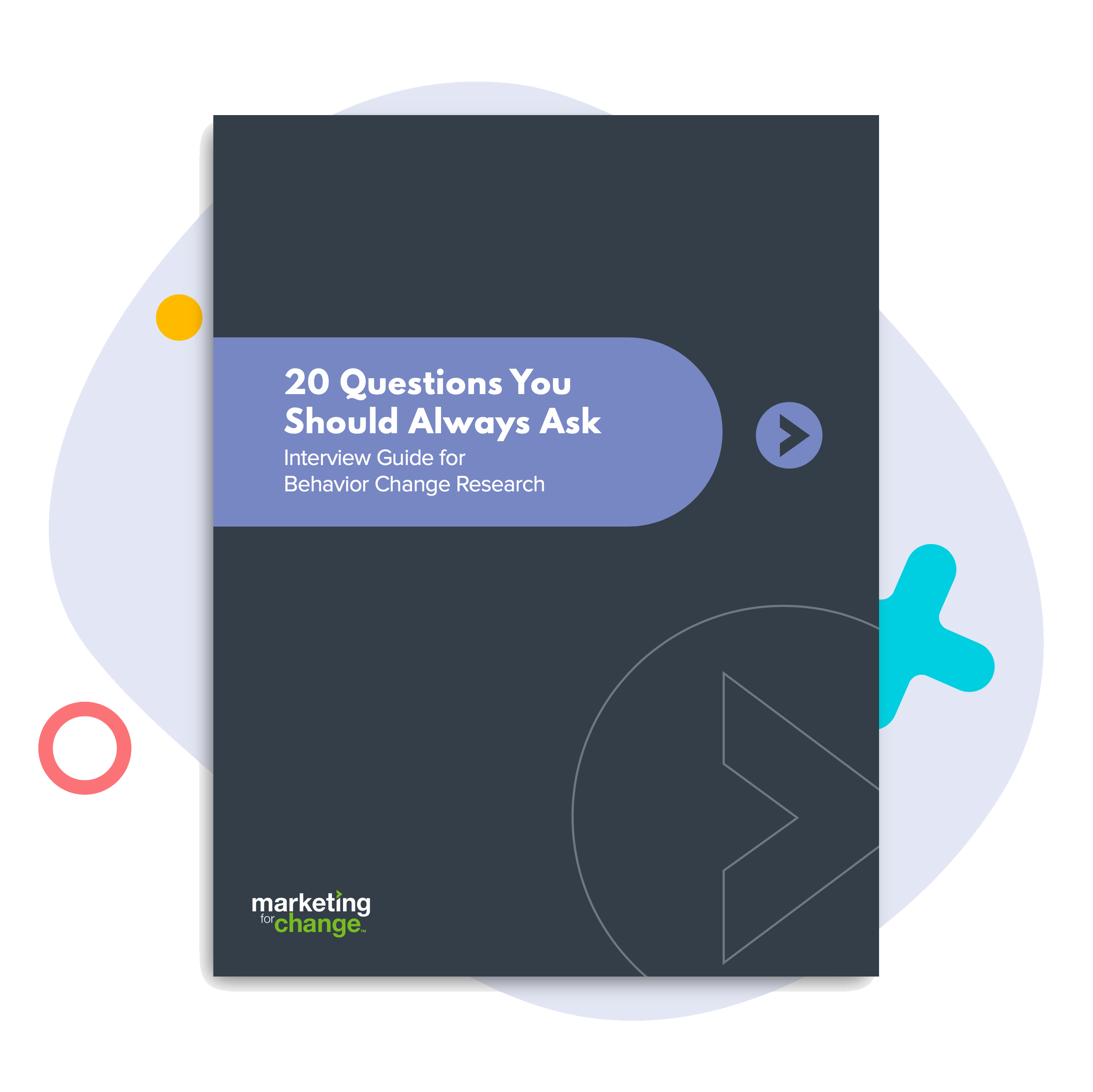
Why Your Eye-Catching Creative May Be Useless
It’s easy to get swept up in creative. If you are dipping into the creative process with your in-house creative team or an agency you have hired, it can feel like an exhilarating break from your day-to-day job of emails, answering questions from your team, spreadsheets and reading/writing reports. While the creative process can be fun, it’s also dangerously easy to get carried away. Before you know it you may have approved (and paid for) creative that, while eye-catching, humorous or clever, doesn’t actually drive your audience to do, well, anything at all.
When used correctly, creative has the power to make large-scale change. It has the power to trigger behavioral determinants (the influences that influence behavior) in ways no other medium can — whether it’s a video, website, illustration, ad, poster or infographic. The right combination of content and visuals can break through to your audience and get them to change.
So, how do you ensure you aren’t investing in creative that won’t work?
-
Narrow and know your audience.
You’ve heard it before but I’ll say it again: if you are talking to everyone, you are talking to no one. Segment your audience so you can talk to them in a way that is truly resonant and meaningful. Your audience should feel a refreshing “you get me” when they see your creative.
So, how narrow is narrow enough? A good rule of thumb is — does your narrowed audience all feel a sense of belonging to each other? Could you talk to them all in a room with one speech and get a bunch of them to nod their heads at the same time? If yes, great, that’s likely narrow enough.
Now, really know them. Not just as a stereotype (male, mid-40’s, urban, likes dogs) but know them like you know your best friend. What keeps them up at night? What are the barriers in the way of them doing the behavior you want them to do? What needs do they have (related to your issue or not)? What occupies their time? Why do they live in the city and love dogs?
Having a behavioral science framework that taps under the surface is critical to make real change. You need to know what drives your audience beyond awareness and into action.
Where to start? In an ideal world, you could invest in audience research. If that’s not on the table, do a handful of interviews with your target audience — simply talking to them will go a long way. Another good practice? Create a persona for your audience — preferably one rooted in behavioral design. Personas are a great activity to help you get out of your head and into the mindset of your audience.
-
Know what you want your audience to do and make sure they are able to do it.
This sounds like a “duh” piece of advice. But in my two decades of experience I see over and over again organizations that just want to tell people what they, the organizations, want people to know.
Have a very clear tangible thing you want your audience to do after seeing your creative. And make sure it’s reasonable for the audience to do it. What’s reasonable? It is something the audience can and will actually want to do. For example, telling someone to exercise five days a week for 60 minutes a day is, yes, a call to action. But let’s say your audience is not exercising at all right now and struggles to find time for themselves — is that a reasonable call to action? No, it’s not. Boil it down and figure out what is truly reasonable. For example, in our Find the Fun campaign we tapped into people’s need to have leisure-time activities to do with family and friends. We made it easy for them to find activities that were fun — and just happened to be active (in other words, exercise). Asking them to have some active fun with loved ones was a much more reasonable call to action instead of sacrificing their social life to hit the gym.
Think of your call to action less as the thing you want them to do and more as a helpful bit of advice your audience can/will truly take action on.
-
Know how and where your audience will be seeing your creative.
Visualize your creative in the real world with your real audience — not in the conference room or Zoom call where you are coming up with the ideas and not on the judges’ stand where you are being awarded a trophy for your cleverness. Will your audience be scrolling through social media on their commute and get served your video? Will they be given a handout by a person they trust? Will they drive by a billboard on their way home while stuck in traffic? Know the placement and get into the mindset of your audience in that moment.
-
Test your assumptions with all three of the above in mind.
Ideally you could invest in creative testing with your end audience. But we know that takes time and money you may not have. In lieu of that, if you have access to the end audience (or a proxy — someone who knows your audience well and can act on their behalf), you can use some simple questions that are surprisingly effective for testing creative.
One thing to note: We never ask, “Do you like this?” That’s because it’s not important whether the audience likes or dislikes the ad. We want to know whether our creative is breaking through, actively engaging people, and moving them to act.
Five Essential Questions for Creative Testing
- What are your immediate impressions? What comes to mind first? What grabs your attention? This helps you understand breakthrough potential, and where it comes from.
- What is the main point? What is this trying to tell you? This helps you understand if your intended message is coming through or not, as well as any unintended messages.
- How does this make you feel? What does it remind you of? What does it make you think? This helps you understand the more complete emotional and rational reaction to your material, rather than simply if somebody “liked” it or not.
- Who do you think this is for? How relevant is it for you personally? Why/why not? This helps you understand if your material resonates with them, and if not, who it might resonate with.
- What seems to be missing? What’s unclear? What could be a problem? This helps you understand not only any unintentional problems, but how you might solve for them.
Now: take a deep breath. Don’t get overwhelmed. Have fun. You’ve got this.
Taking a moment to pause and check yourself and your team with the above in mind will greatly lessen the risk of investing in creative that falls flat with your end audience. Instead, you may just start some real change.

Karen Ong Barone is Principal + Executive Creative Director at Marketing for Change.






